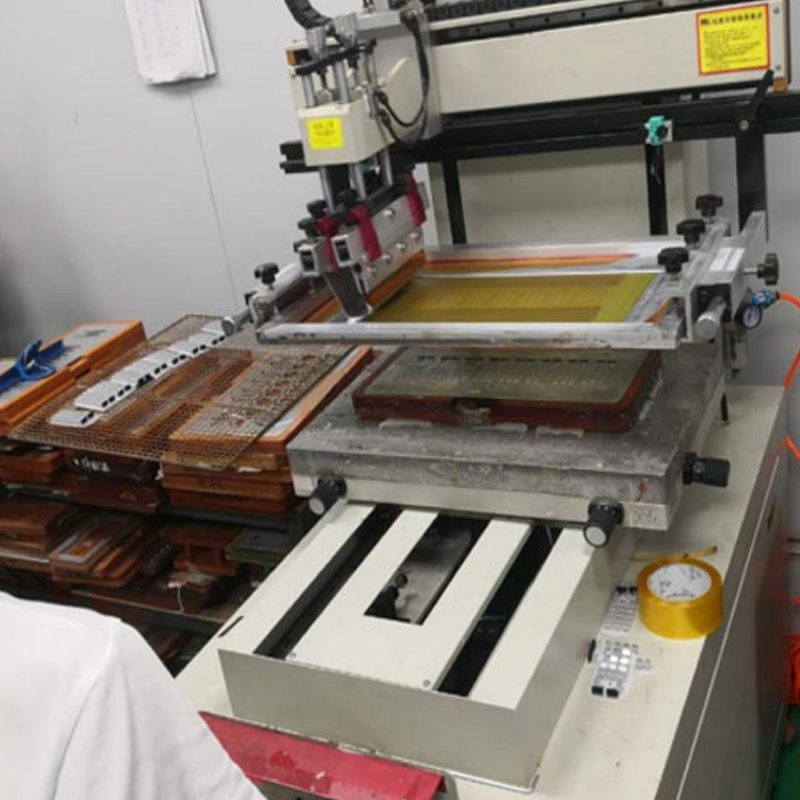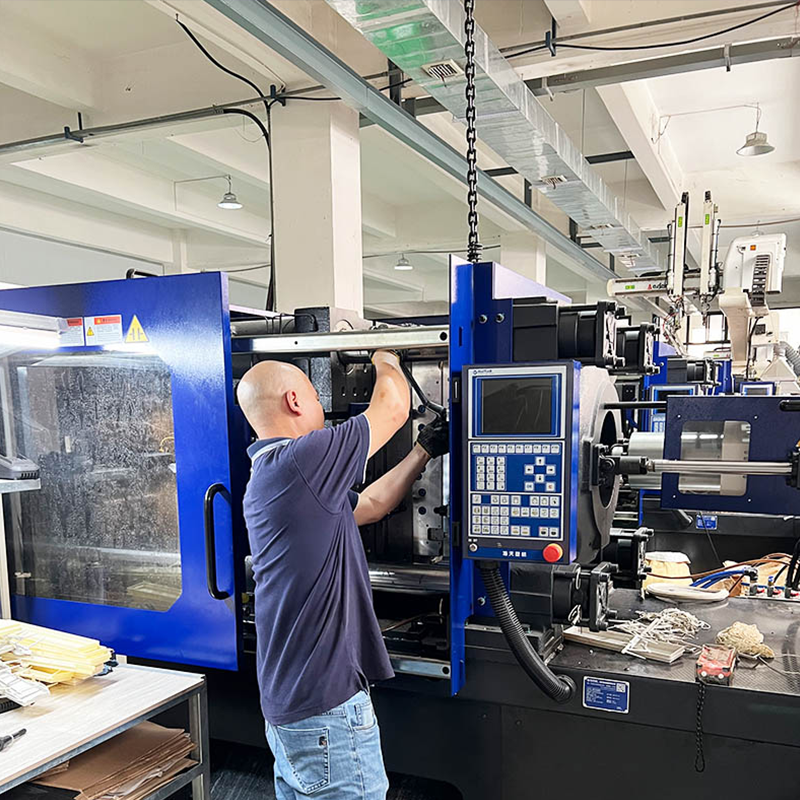Silicone overmolding is a game-changing technology that combines the versatility of silicone rubber with substrates like metal, glass, or plastic. At Flykeyboard, we specialize in delivering precise, high-quality silicone overmolding solutions tailored to diverse industries such as medical devices, automotive components, consumer electronics, and more. If you’re seeking expert advice or innovative manufacturing solutions, you’re in the right place.
This blog delves into the key methods, considerations, and challenges of silicone overmolding while showcasing Flykeyboard’s advanced techniques and case studies to inspire your next project.
What is Silicone Overmolding?
Silicone overmolding refers to a manufacturing process where silicone rubber is bonded to another material, often referred to as the substrate. This technique can be achieved through various methods such as compression molding, transfer molding, plastic injection overmolding, or liquid silicone rubber (LSR) injection molding.
![]()
By employing silicone overmolding, the silicone rubber forms a robust bond with the substrate, making it an ideal solution for creating durable, functional, and aesthetically appealing components. This process is widely applied in overmolding materials like glass, plastics (PP, PC, ABS), and metals, as well as specific use cases such as TPU/TPE overmolding, cable overmolding, fabric overmolding, and overmolded gaskets or connectors.
Key Silicone Overmolding Methods
1. Compression Molding
Applications: Commonly used when the substrate is metal or a high-temperature-resistant plastic (like PBT).
Strengths: Economical and suitable for simple designs.
Weaknesses: Limited by semi-automatic operations, leading to potential burrs and misalignment after multiple cycles.

2. Transfer Molding
Applications: Ideal for overmolding small or lightweight metal substrates where even vulcanization is essential.
Strengths: Ensures quick and uniform vulcanization, particularly effective for small metal parts.
3. Plastic Injection Overmolding
Applications: Widely used for larger or thicker plastic components.
Strengths: High precision and automation make this method suitable for complex geometries and consistent production quality.

4. LSR Injection Molding
Applications: The preferred method for medical-grade or food-grade silicone overmolding, and for substrates sensitive to high temperatures.
Strengths: Short curing times, minimal burrs, and seamless junctions between silicone and substrates. The automatic process ensures exceptional precision and tight tolerances.
Design Challenges and Solutions in Silicone Overmolding
Case Study 1: Overmolding a Metal Mount
One of our clients needed to overmold silicone onto a metal part for a shockproof mount. However, the initial design resulted in poor edge sealing and excessive burrs.
Solution:
Our engineers recommended the use of protective metal caps. These caps, fitted over the metal substrate, prevented silicone from flowing into unintended areas during vulcanization. This adjustment ensured tight sealing and reduced burr formation, significantly enhancing the product’s functionality and appearance.
Case Study 2: Overmolding a Metal Screw
Another client required silicone overmolding for a metal screw but faced challenges with silicone overflowing into non-targeted areas.
Solution:
By adding a 0.5mm step to the screw design, we effectively fixed the screw within the mold cavity and prevented silicone overflow. This simple yet effective modification maintained product integrity and streamlined production.
Process Guide for Silicone Overmolding
- Surface Preparation: Substrates must be meticulously cleaned or degreased using chemical agents to ensure optimal bonding.
- Primer Application: Apply primers through painting, dipping, or spraying, followed by thorough drying. Different primers are required based on the substrate material. For example, LSR-specific primers work best with glass.
- Overmolding: Place the prepared substrate and silicone material into the mold cavity and begin the molding process.
- Final Product: After curing, the product is ready with a seamless bond between silicone and the substrate.
![]()
Applications of Silicone Overmolding
Silicone overmolding is incredibly versatile, finding applications across industries:
- Medical Devices: Precision components like gaskets and seals.
- Consumer Products: Overmolded spatulas and baby toothbrushes.
- Automotive Components: Shockproof mounts and vibration-dampening parts.
- Electronics: Overmolded connectors, cables, and PCB covers.
At Flykeyboard, we’ve manufactured innovative products such as silicone spatulas (silicone head + PP handle), baby toothbrushes (silicone + plastic), and respirator masks (PVC mask + silicone gasket), among others.
![]()
Your Trusted Partner in Silicone Overmolding
At Flykeyboard, we pride ourselves on being a leader in silicone overmolding technology. Whether you’re looking to create a groundbreaking product or improve an existing design, our team is here to help. From precise design execution to streamlined manufacturing, we ensure that every product meets the highest industry standards.
Have a unique project or question about silicone overmolding? Contact Flykeyboard today and let’s bring your ideas to life!
